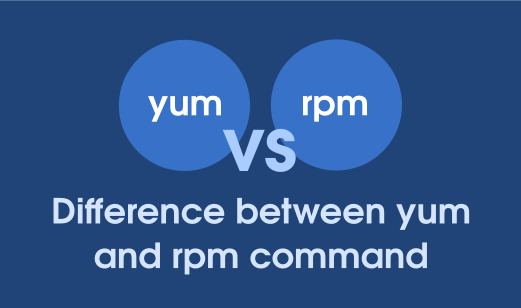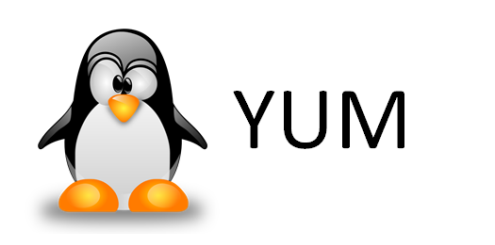RPM vs. YUM: Learn the Difference
RPM and YUM are package management systems created for Red Hat-based
Linux distributions. A package management system is a collection of tools used
for automating package installation, updating, and removal.

RPM: (RedHat Package Manager)
RPM stands for Redhat package Manager. Using RPM, You can install, uninstall and query individual software package.
https://rpmfind.net/linux/rpm2html/search.php?query=rpm
- RPM can install only single package at a time
Ex: # rpm install package_name - RPM cannot resolve the dependency like yum
- Cannot rollback with RPM
- To install, upgrade or delete an .rpm package using RPM
# rpm -i package_name
# rpm -u package_name
# rpm -ivh package_name
# rpm -evh package_nameNote:- v = verbose and h for = hash to show progress
5. To query all the installed package
# rpm -qa
# rpm -qa | grep package_name6. More into about the package
# rpm -qi httpd
# rpm -qi sshd7. Info about config files for a package
# rpm -qc package_name
YUM : (Yellow dog updater modified)
YUM stands for yellow – dog updater modified
- Yum is the primary package management tool for redhat
- Yum can install multiple pakcage at a time
Ex:- yum install httpd vsftpd - Yum can resolve dependencies automatically.
- Yum can rollback any changes.
5. How to install and remove a package
# yum install samba -y
# yum remove httpd6. How to upgrade or update a package
# yum upgrade package_name
# yum update vsftpd7. What is the difference between Yum update & upgrade
Update:- keep the old package, we can roolback
Upgrade: – will delete the old package
8. You can see all the option using
# yum -option9. To check the available update for package
# yum check-update


